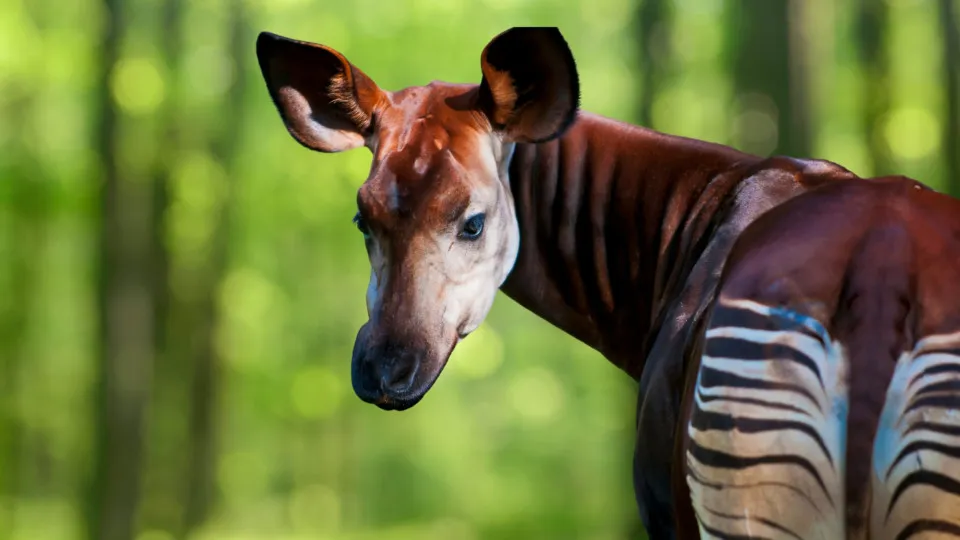It may be hard for humans, but there are many members of the animal kingdom that live alone as a way of life. In fact, many species are totally at home leading a single lifestyle in a remote location.
Click through this gallery and take a look at some of the most solitary wildlife on the planet. Enjoy!



